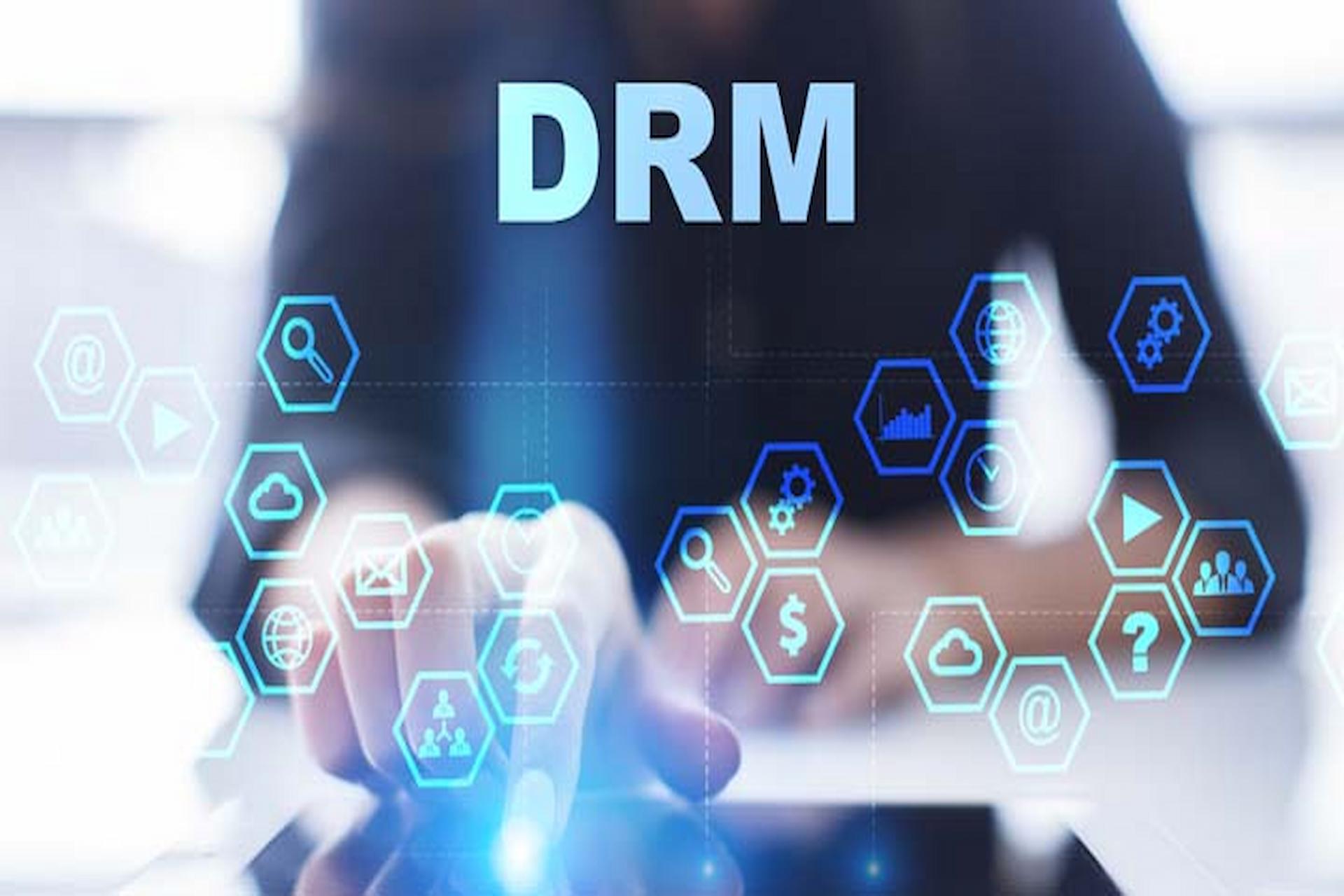Digital Rights Management (DRM) and anti-piracy technologies have come a long way since their inception. As the digital landscape continues to evolve, so too do the methods for protecting digital content from piracy and illegal distribution. In this article, we will discuss the emerging trends and technologies that are shaping the future of DRM and anti-piracy technologies.
Artificial Intelligence (AI) And Machine Learning
Artificial Intelligence (AI) and Machine Learning are emerging technologies that have the potential to revolutionize the way DRM and anti-piracy technologies work. These technologies can be used to analyze vast amounts of data and identify patterns and anomalies that could indicate piracy or illegal distribution of digital content. This could lead to more efficient and effective anti-piracy measures.
Digital Fingerprinting
Digital Fingerprinting is a method for identifying and tracking digital content. This method involves embedding a unique identifier into digital content that can be used to track the content throughout its lifecycle. This technology is becoming increasingly popular as a way to protect digital content from piracy and illegal distribution.
Cloud-Based DRM
Cloud-based DRM is a method for delivering DRM services through the cloud. This method provides several advantages over traditional DRM methods, including increased flexibility, scalability, and ease of use. Cloud-based DRM also allows for real-time updates and monitoring, which can improve the effectiveness of anti-piracy measures.
Watermarking 2.0
Watermarking 2.0 is an emerging technology that builds upon the traditional method of digital watermarking. This method involves embedding a unique identifier into digital content that can be used to track the content throughout its lifecycle. Watermarking 2.0 also includes additional security measures, such as encryption and blockchain technology, to provide enhanced protection against piracy and illegal distribution.
Biometric DRM
Biometric DRM is a method for protecting digital content using biometric authentication. This method involves using biometric data, such as fingerprints or facial recognition, to authenticate users and grant access to digital content. This technology is becoming increasingly popular as a way to provide secure and user-friendly access to digital content.
DRM and anti-piracy measures play a crucial role in protecting digital content and ensuring the sustainability of the creative industry. These measures provide content creators with control over the use and distribution of their work, and they help to ensure that consumers have access to high-quality and authentic digital content. The development of new and innovative DRM and anti-piracy measures will continue to be essential in the ongoing fight against piracy and the protection of digital content.
In conclusion, the future of DRM and anti-piracy technologies is bright, with emerging trends and technologies offering new and innovative ways to protect digital content from piracy and illegal distribution. Artificial Intelligence, Digital Fingerprinting, Cloud-based DRM, Watermarking 2.0, and Biometric DRM are just a few of the emerging technologies that are shaping the future of DRM and anti-piracy technologies.



